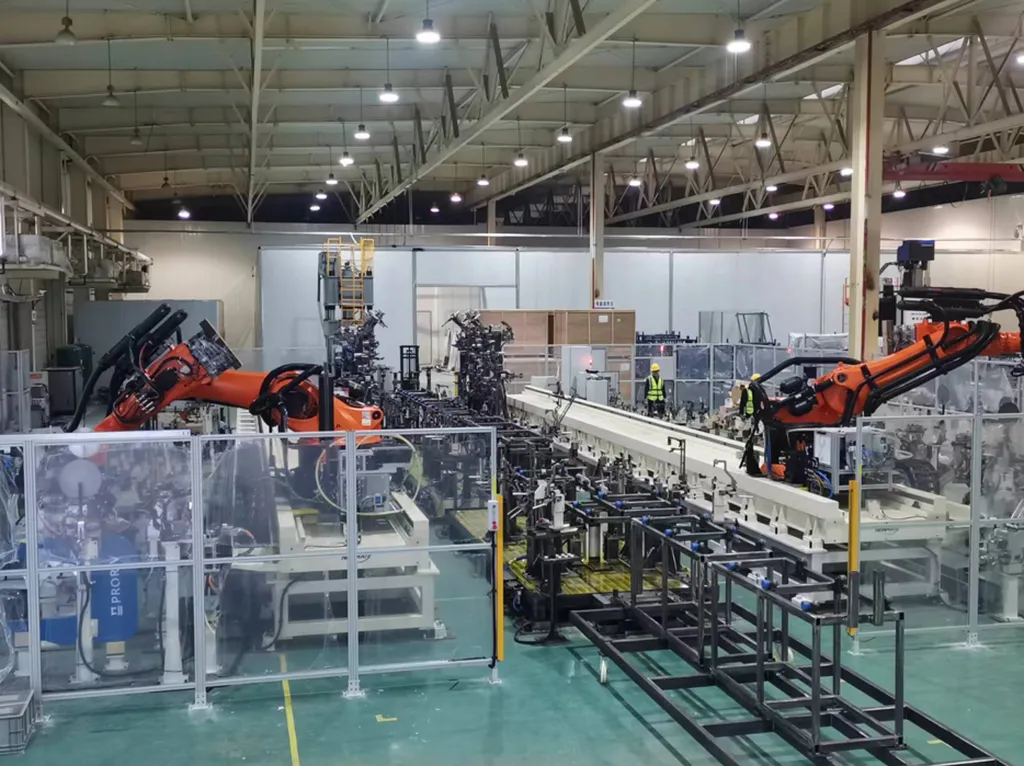In the quest to design stronger, more resilient metals for the energy sector, researchers have made a significant stride in understanding how grain boundaries behave in aluminum alloys. A recent study published in the journal *Materials Research Letters* (translated from Chinese as *Materials Research Letters*) sheds light on the intricate dance between grain boundary misorientation, solute segregation, and dislocation nucleation—a phenomenon crucial for enhancing the mechanical properties of metals used in everything from power plants to renewable energy infrastructure.
At the heart of this research is Zhuojing Liao, a scientist at the International Joint Laboratory for Light Alloys at Chongqing University in China. Liao and his team employed molecular dynamics simulations to explore how the addition of copper (Cu) and magnesium (Mg) solutes influences dislocation nucleation from grain boundaries in aluminum alloys. Their findings could have profound implications for the design of next-generation materials tailored for high-stress applications in the energy sector.
Grain boundaries, the interfaces where the crystalline structure of a metal misaligns, play a pivotal role in determining the material’s strength and ductility. When these boundaries are subjected to stress, dislocations—line defects in the crystal structure—can nucleate and propagate, leading to deformation or failure. The researchers discovered that the misorientation angle of the grain boundary and the segregation of solute atoms significantly impact this nucleation process.
For low-angle grain boundaries, the study revealed that copper atoms are more effective than magnesium atoms at inhibiting dislocation nucleation. “The effect of solute addition on the stacking fault energy is closely related to this inhibitory effect,” Liao explained. Stacking fault energy is a critical parameter that influences the mobility of dislocations within the crystal structure. By tuning the solute content, engineers could potentially design alloys with enhanced resistance to deformation.
However, the story is more complex for high-angle grain boundaries. Here, the local distortions caused by solute segregation can actually facilitate dislocation nucleation at stress-concentrated regions. “This leads to a scenario where the dislocation nucleation stresses can be similar or even reduced compared to the pure aluminum matrix,” Liao noted. This dual behavior underscores the importance of understanding the interplay between misorientation and solute segregation in optimizing material performance.
The implications for the energy sector are substantial. Aluminum alloys are widely used in power generation and transmission infrastructure due to their lightweight and corrosion-resistant properties. By fine-tuning the grain boundary characteristics and solute content, engineers could develop alloys that are stronger, more durable, and better suited for the demanding conditions of energy production and distribution.
“This research provides a deeper understanding of the fundamental mechanisms governing dislocation nucleation in aluminum alloys,” Liao said. “It opens up new avenues for designing materials with tailored properties for specific applications in the energy sector.”
As the energy industry continues to evolve, the demand for advanced materials that can withstand extreme conditions and enhance efficiency will only grow. The insights gained from this study could pave the way for innovative alloy designs that push the boundaries of performance and reliability. By harnessing the power of molecular dynamics simulations, researchers are unlocking the secrets of grain boundaries and solute segregation, bringing us one step closer to a future powered by stronger, more resilient metals.

